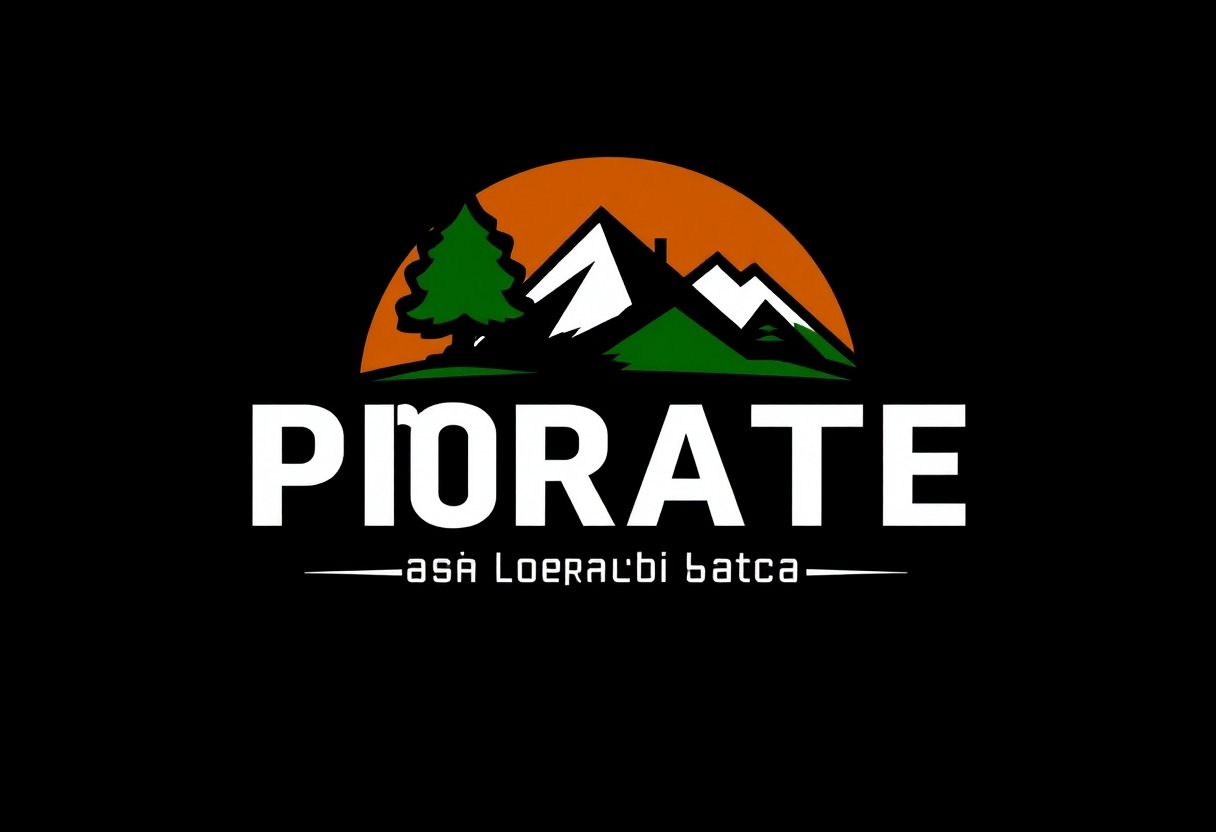Top 5 Feature about proatese: A Complete Guide
Proatese have come a long way over the years, transforming the lives of countless individuals who have experienced limb loss. Modern prosthetic technology not only restores physical mobility but also enhances the quality of life for users. In this complete guide, we will explore the top five features of proatese, examining how each contributes to functionality, comfort, and user empowerment.
1. Advanced Materials and Design
Lightweight and Durable
The development of advanced materials such as carbon fiber, titanium, and thermoplastics has revolutionized prosthetic design. These materials are both lightweight and exceptionally strong, allowing for a more comfortable user experience without compromising durability. Traditional Proatese often relied on heavier materials, which could lead to fatigue and discomfort. Today, users can wear their Proatese for extended periods without feeling weighed down.

Custom Fit
Modern Proatese are designed with customization in mind. Advanced imaging techniques, such as 3D scanning, allow for precise measurements of a user’s residual limb. This level of customization ensures that the prosthetic fits snugly and comfortably, reducing the risk of skin irritation and sores. Additionally, many prosthetic devices come with adjustable components that can be modified as the user’s needs change over time.
2. Biomechanical Functionality
Natural Movement
One of the most impressive features of contemporary Proatese is their biomechanical functionality. Engineers and designers have worked closely with medical professionals to create prosthetic limbs that mimic the natural movement of biological limbs. This includes articulating joints that replicate the motions of a knee or ankle, providing users with greater stability and fluidity in their movements.
Smart Proatese
The emergence of smart Proatese is another significant advancement. These devices utilize sensors and microprocessors to respond to the user’s movements in real-time. For instance, some prosthetic legs can automatically adjust to different terrains, providing enhanced balance and stability on slopes, stairs, or uneven ground. This level of adaptability makes it easier for users to engage in various activities, from walking to running or even participating in sports.
3. User-Centric Technology
Intuitive Control Systems
Modern Proatese incorporates user-centric technology that enhances control and usability. For upper limb Proatese, advanced control systems enable users to operate the prosthetic with natural muscle signals, often referred to as myoelectric control. By detecting electrical signals generated by muscle contractions, these devices can execute movements like grasping, lifting, or pointing, providing a sense of normalcy and independence.

Connectivity and App Integration
Some of the latest prosthetic models come equipped with Bluetooth technology, allowing users to connect their devices to smartphones or tablets. This feature can be invaluable for monitoring usage, adjusting settings, and accessing support resources. Through dedicated apps, users can track their progress, receive maintenance alerts, and even connect with healthcare professionals for virtual consultations.
4. Enhanced Comfort and Customization
Cushioned Linings and Padding
Comfort is a crucial aspect of prosthetic design. To enhance the user experience, manufacturers now offer Proatese with cushioned linings and adjustable padding. These features help distribute pressure evenly across the residual limb, minimizing discomfort during use. The incorporation of breathable materials also aids in temperature regulation, reducing sweating and irritation.
Aesthetic Options
Another essential aspect of modern Proatese is aesthetic customization. Users can choose from a variety of designs, colors, and finishes to make their prosthetic limbs more personal and expressive. This not only boosts confidence but also helps reduce the stigma associated with using prosthetics. Many companies now offer prosthetics that resemble natural limbs more closely or even feature artistic designs, allowing users to showcase their personality.
5. Support and Community Engagement
Rehabilitation Programs
The journey to adapting to a prosthetic limb often involves comprehensive rehabilitation programs. These programs focus not just on physical therapy but also on mental and emotional support. Many healthcare facilities and prosthetic providers offer workshops, peer support groups, and counseling services to help users adjust to their new reality. This holistic approach ensures that individuals receive the care and encouragement they need during this transformative period.

Online Communities and Resources
In today’s digital age, online communities have become vital for individuals with Proatese. Platforms and forums provide spaces for users to share experiences, tips, and challenges. These communities foster a sense of belonging and allow individuals to learn from one another. Additionally, many organizations offer online resources, including instructional videos and articles, to help users maximize their prosthetic use.
Conclusion
Proatese have evolved dramatically, with advancements in materials, design, and technology making them more functional, comfortable, and user-friendly than ever before. The top five features discussed—advanced materials and design, biomechanical functionality, user-centric technology, enhanced comfort and customization, and support and community engagement—illustrate how far the field has come.
For those facing limb loss, modern Proatese not only restore mobility but also empower individuals to lead active, fulfilling lives. As technology continues to advance, we can expect even more innovative solutions that enhance the quality of life for users worldwide. Whether you’re considering a prosthetic limb for yourself or a loved one, understanding these key features can help you make informed decisions about the best options available.






